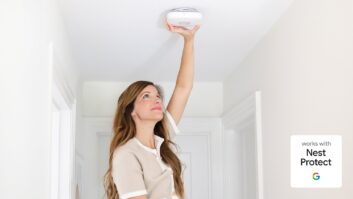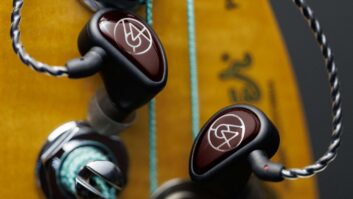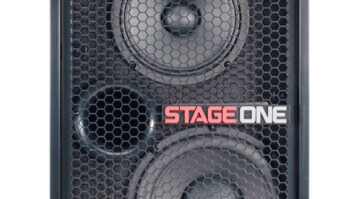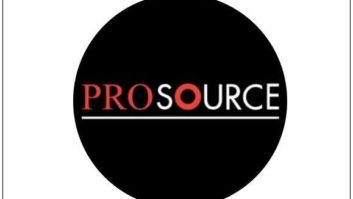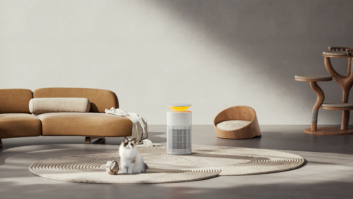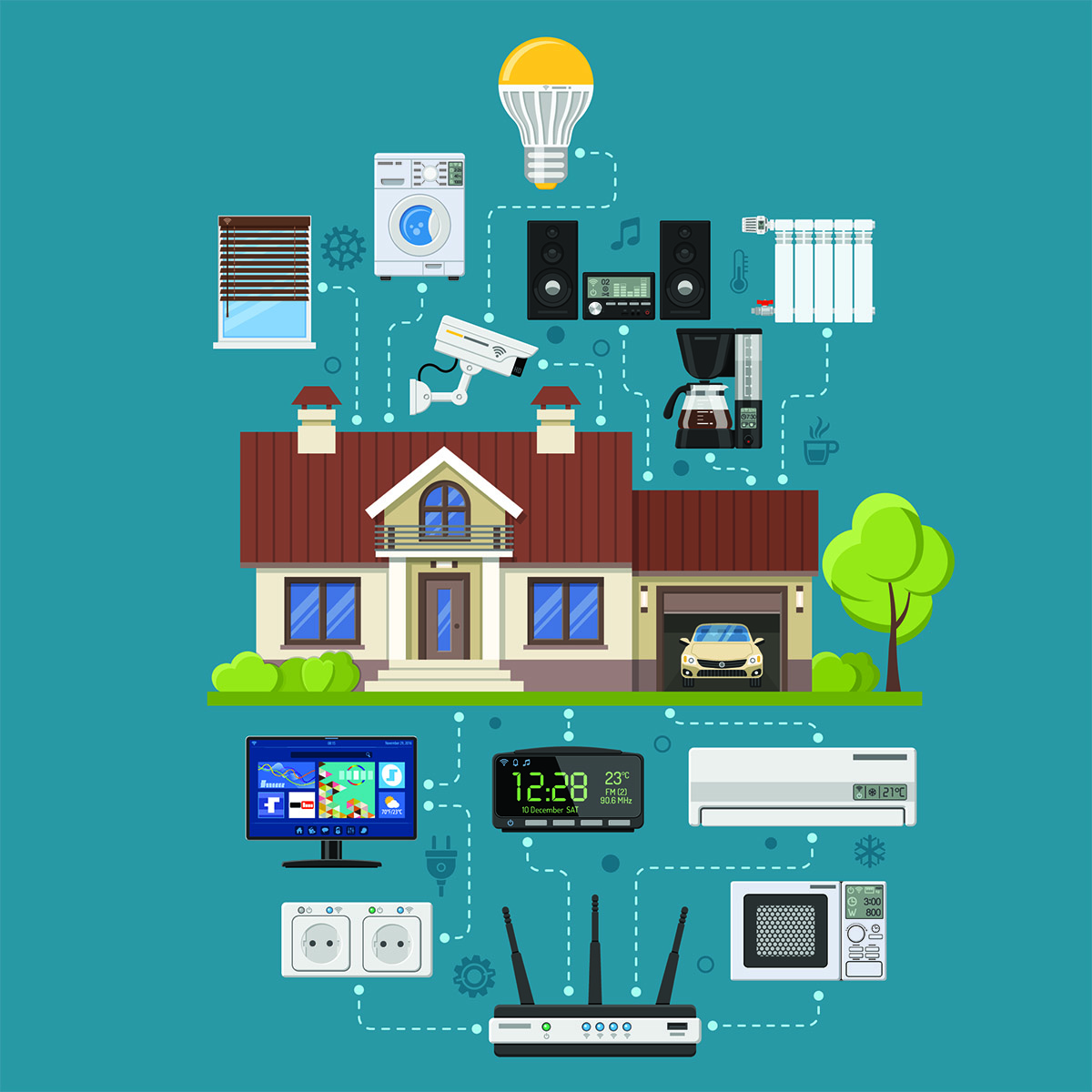
While voice control may receive much of the smart-home spotlight, products will also increasingly rely on video and data analytics, sound recognition and artificial intelligence to simplify the user experience, according to a new study from Parks Associates.
According to Parks, U.S. broadband households now own more than 10 connected devices, which includes a mix of connected consumer tech, smart home and health devices.
Somewhat practically, decisions of additional purchases are based on a new product’s interoperability with existing devices.
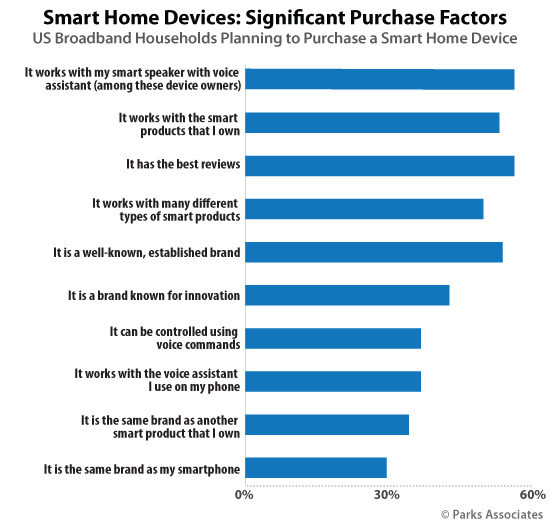
“Interoperability continues to be a leading challenge for the smart home industry,” said Chris O’Dell, Parks research associate. “Nearly 75 percent of consumers who intend to purchase a smart home device in the next year report that the ability for that device to work well with other devices is an important factor in their purchase decision. This challenge intensifies when consumers purchase stand-alone devices at different times, from different brands, rather than purchasing smart home systems.”
Connectivity is another challenge for consumers, according to Parks, with over 30 percent of computing and entertainment device owners experiencing loss of wireless connectivity. Home network routers were cited as the most common source of the problems.
See also: GE Appliances Taps Cirrent For Seamless Wi-Fi Connections
“Mesh networks are designed to better manage Wi-Fi connectivity in the home and will help improve the user experience as consumers add more wireless devices to the home,” O’Dell said. “The amount of wireless data is increasing substantially, and the rollout of 5G technologies will ease the burden on both mobile and home networks.”
Other findings from Parks’ “Technology Convergence and the Smart Home” study:
- Sixty-seven percent of consumers rated video alerts when someone enters a home as the most appealing among a range of home security features.
- Seventy-five percent said they want to keep tight control over their personal data, and 45 percent are “very concerned” about hackers gaining control of their connected devices.
- Smart home purchase intentions grew from 21 percent in 2014 to 43 percent in 2018, with 31 percent of consumers reporting “high intention” to purchase one of these devices.





